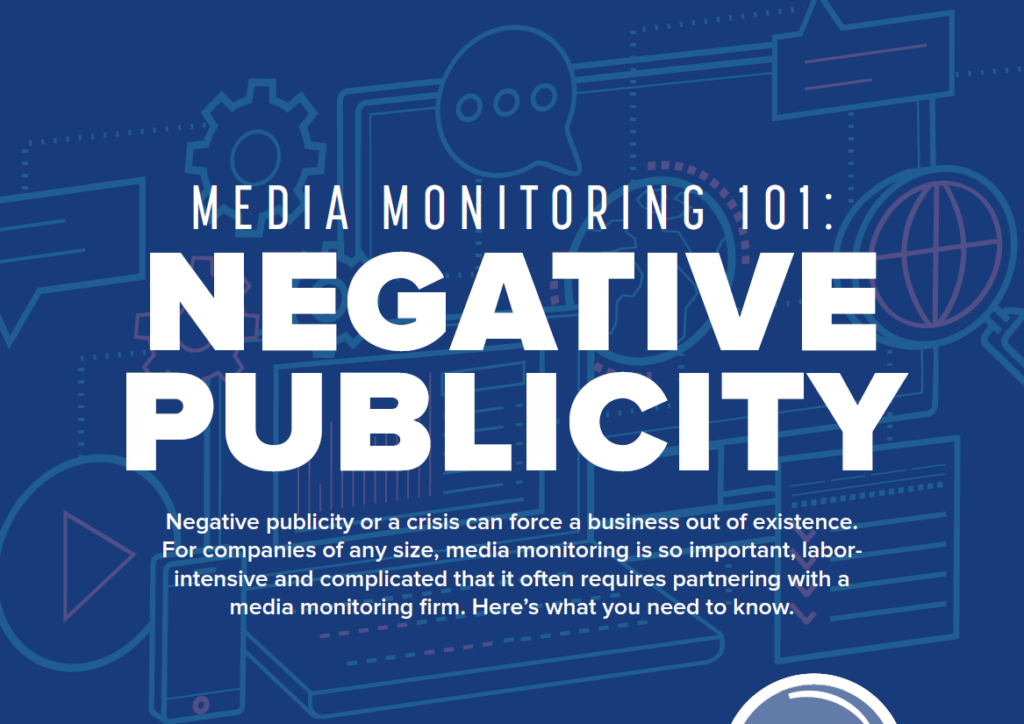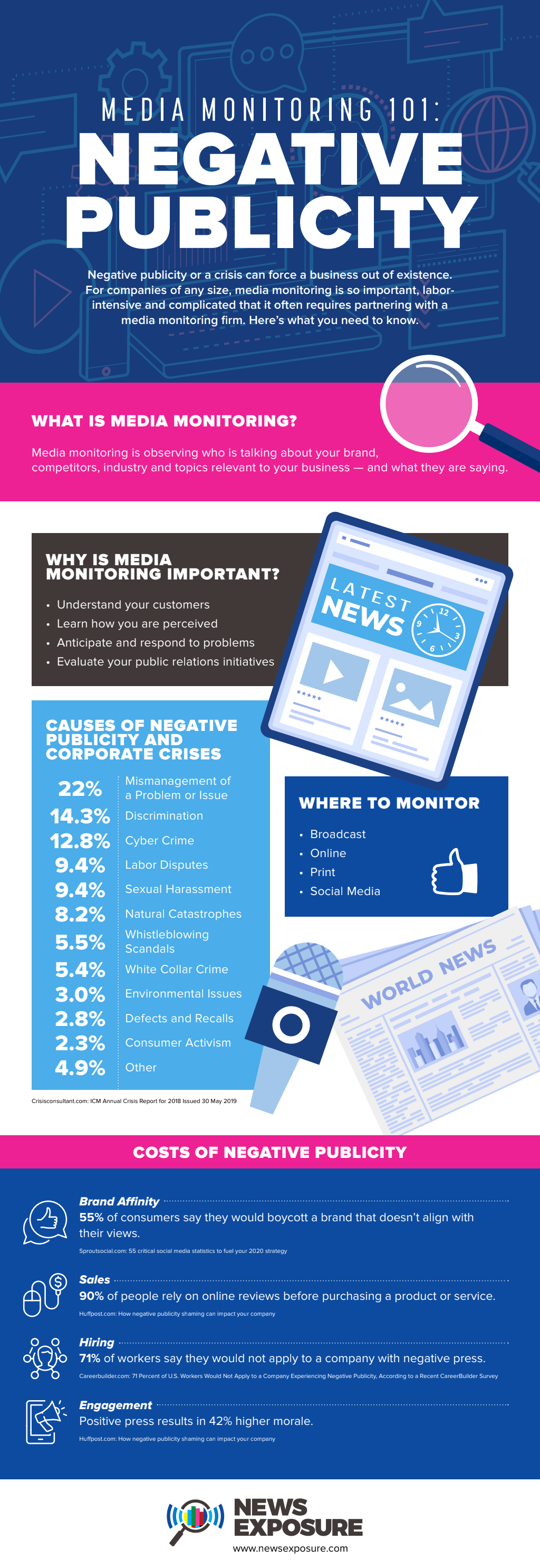
Reputation is one of the most valuable assets for any business, and it can shift rapidly in today’s fast-paced communication landscape. Negative publicity, whether justified or exaggerated, spreads quickly across news outlets, online reviews, and social media platforms.
Businesses that respond slowly or inconsistently often face long-term damage to customer trust and financial performance. This makes proactive monitoring and clear strategies essential for safeguarding credibility.
Why Negative Publicity Matters
Negative stories about a company, its leadership, or its products can directly influence consumer behavior. Research consistently shows that customers are more likely to remember negative experiences and share them widely with others. Even minor complaints, if left unaddressed, can escalate into larger crises that attract media attention.
For small and mid-sized businesses, a single damaging headline or viral post can disrupt sales, deter investors, and weaken employee morale. The consequences extend beyond public image, often affecting long-term brand equity and future opportunities.
The Role of Monitoring
Keeping track of what is said about a business is no longer limited to press clippings or traditional news outlets. Companies must actively scan online reviews, blogs, podcasts, forums, and social media mentions.
Real-time monitoring allows leaders to detect issues before they escalate into widespread criticism. Media monitoring services provide alerts that highlight changes in sentiment and identify where negative narratives are gaining traction.
Monitoring also supports competitive analysis. By studying how other companies respond to criticism, businesses can refine their own strategies. This insight helps identify best practices and avoid costly mistakes made by peers in the same industry.
Thus, effective monitoring not only detects threats but also informs broader communication planning.
Responding Effectively to Negative Coverage
The first step in addressing harmful publicity is acknowledging the issue. Silence or denial often fuels public frustration and creates the impression that a company is ignoring concerns.
Businesses that respond with transparency and factual clarity tend to build greater trust, even in difficult situations.
For example, issuing a public statement that accepts responsibility and outlines corrective measures demonstrates accountability. Offering direct channels for customer feedback further strengthens the message that the business values community concerns.
Timeliness is equally important. A delayed response can make a company appear indifferent or unprepared, while a prompt, measured statement shows leadership and commitment to solutions.
Clear internal protocols further ensure that the right spokesperson delivers consistent messaging. Coordination across marketing, legal, and customer service teams minimizes confusion and aligns responses with regulatory requirements and company values.
By adopting such levels of preparation, organisations can help a brewing story to fade quickly rather than escalate into a prolonged reputational challenge.
Building Long-Term Resilience
A strong reputation strategy goes beyond reacting to crises. Businesses can reduce vulnerability by investing in positive storytelling through customer success stories, community involvement, and transparent reporting of company initiatives.
Consistent engagement with stakeholders fosters loyalty that can withstand occasional negative press.
Employees also play a central role in reputation management. Encouraging staff to act as brand ambassadors creates authentic advocacy that strengthens public perception. Providing regular training on crisis communication prepares teams to handle difficult interactions professionally, reducing the risk of uncoordinated or harmful responses.
Companies that run scenario planning exercises gain a significant advantage. Simulating potential crises allows teams to practice decision-making under pressure. This preparation helps organizations act decisively and confidently when real issues arise.
Concluding Remarks
As digital channels continue to amplify both praise and criticism, businesses must remain vigilant about how they are perceived.
Monitoring combined with thoughtful response strategies provides a strong foundation for maintaining trust even during challenging times. Negative publicity cannot always be prevented, but it can be managed effectively with preparation, transparency, and timely action.
The organizations that succeed will be those that treat reputation management as a continuous responsibility rather than a reactionary measure. A proactive approach, supported by comprehensive monitoring and communication planning, enables businesses to withstand reputational shocks and maintain long-term credibility. To learn more, feel free to look over the infographic below.

